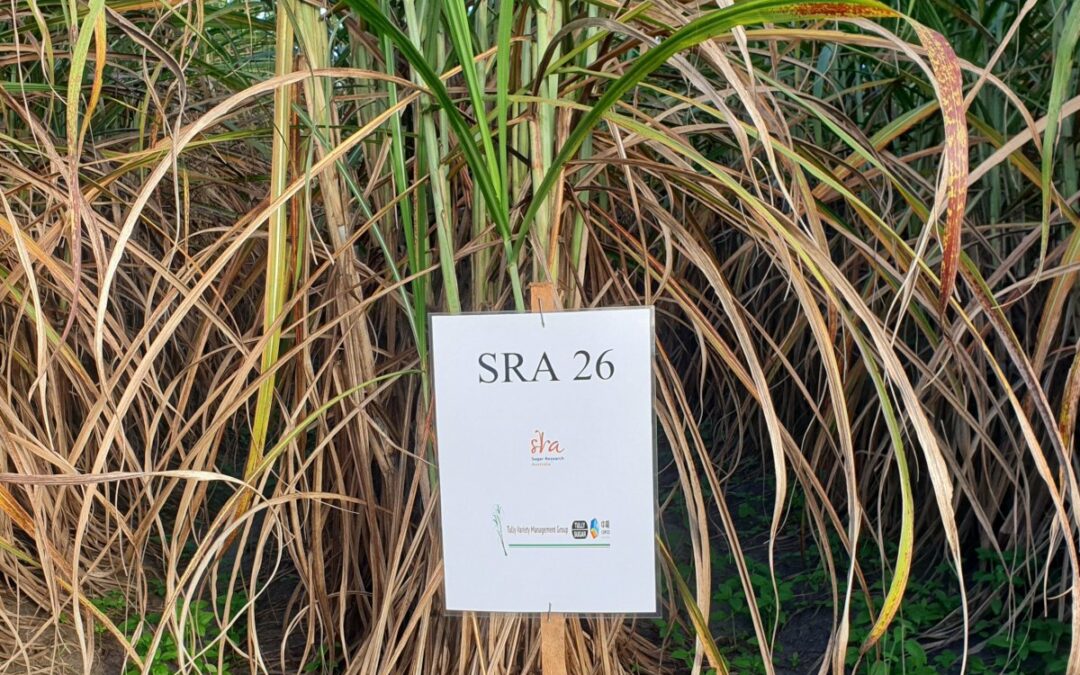One of the other big events that has commenced over the past fortnight is the local trial work with new varieties.
As we have said many times SRA breed the varieties but here locally we fine tune the local recommendations through a series of trials with growers working as the Tully Variety Management group (TVMG).
One of the main things we test for is optimum harvest times. While SRA give good general guidelines for optimum harvest times there are always local differences and we try to find these out quickly through this trial work.
This particular work we call CCS curve trend analysis and it started 2 weeks ago with field sampling which will be carried out every 2 weeks for at least 20 weeks. This allows us to determine the optimum harvest time of a new variety for a particular sub district and this work is all carried out in the field using the mobile mill and an online calculator supplied by SRA.
In this trial work we also check for other attributes of a variety like how the variety grows in relation to presentation for harvesting which can also vary according to local soil type variation and moisture levels. Again SRA’s information on a variety when it is released is very good but there are always local differences which we try to determine quickly before growers invest in commercialisation of that particular variety.
This year we are trailing the new 2020 release SRA 28, as well as recent releases SRA 26, SRA 15, and SRA 16 and to make sure we know enough about them before recommending for full commercialisation.
Once we are confident a variety will perform the way we need it to commercially, it is recommended and grown over a wide area and this is where the rubber really hits the road. Ultimately it is large volumes being grown in the field that proves a varieties worth. Even after 1 week of crushing the new and newer varieties are performing well but so too are some of our older ones and part of the challenge for the Tully variety Management Group working with TCPSL and SRA is to also make sure we manage these older, high producing varieties like Q208 so that they also remain commercially viable for as long as possible.

